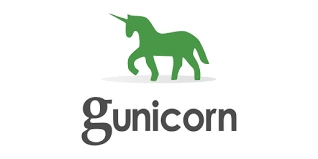
Challenges
-
Scalability of Crawling:
Crawling a vast number of URLs efficiently while minimizing resource usage and ensuring data accuracy.
-
Dynamic and Evolving Content:
Re-crawling updated or changed content without redundantly processing unchanged data.
-
Data Storage and Access:
Storing large-scale crawled data in a structured format and making it easily retrievable.
-
Deployment and Automation:
Ensuring that the entire pipeline, including crawling, machine learning, and APIs, was deployable, maintainable, and scalable.
-
High Availability:
Deploying the system in a high-availability environment with web servers and workers to manage API load.










